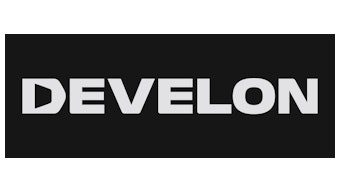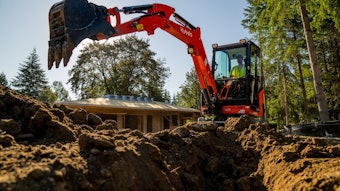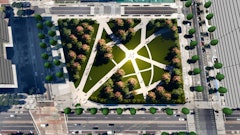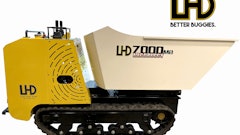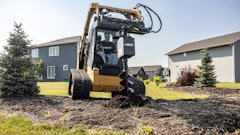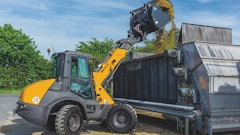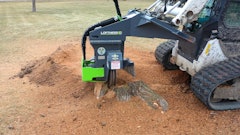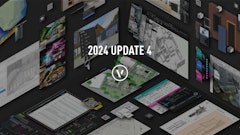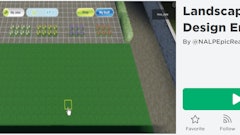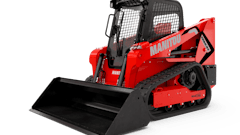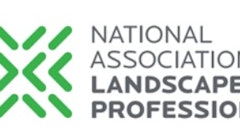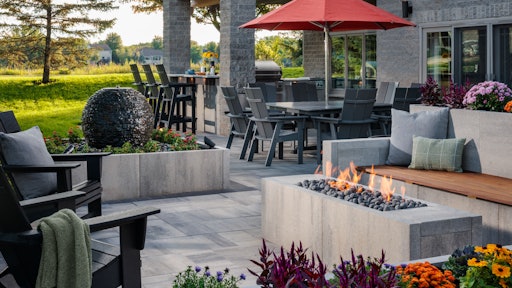
Interest in outdoor living remains high among homeowners.
In fact, according to a survey from the National Association of Home Builders, 58 percent of respondents, which were comprised of builders and architects, noted that connecting to nature is an important influence on their design choices. The same survey noted that fostering a relationship with the natural environment was predicted to be the biggest driver of home design choices over the next three years.
A huge trend in design concepts over the past few years is biophilic design. Blending hardscapes and landscapes creates unique spaces that blur the lines between the organic and inorganic. Hardscapes are an integral part of many biophilic designs, complementing or mimicking the natural elements.
In addition to biophilic design, there are other key trends and product developments to help you flex your creativity in hardscape design this year.
1. Creating spaces for health and wellness
Data shows that being outside for just 10 to 15 minutes can decrease stress levels by up to 60 percent. People are better prioritizing their health and wellness since the pandemic, with many looking to the outdoors. The biophilic design trend lends itself to create spacing to foster rest and relaxation by blending natural and built environments.
Spaces like garden rooms and outdoor living rooms are becoming popular to foster a better sense of relaxation. Including features like fountains, plant walls and winding pathways adds to the calmness and serenity to promote well-being. Other additions are becoming more popular as well, such as increases in requests for saunas and hot tubs.
2. Color and texture: Adding depth to hardscape design
Hardscapes are no longer limited to a few neutral tones and flat textures. You can add visual interest and dimension to hardscape projects thanks to product development in the tone and texture of concrete, porcelain and permeable pavers.
Hardscape manufacturers are capitalizing on the trend of textured pavers, creating interesting patterns in the material that complement any design style. Pavers with a texture like organic rock or stone pair well with both modern and rustic design styles. There are other styles as well, such as those with more textilelike features that can be mixed and matched.
Color palettes also have expanded, allowing for more complementary or contrasting designs. You can combine contrasting light and dark tones or opt for complementary monotones depending on the look and style of your client’s project. Combining different colors and textures allows you to create truly one-of-a-kind patterns.
For more contrast and dimension, pair hardscapes with other materials like metal, glass, wood and composite decking. This helps spaces feel less flat and linear.
3. New priorities: Sustainable products
Sustainability conversations continue, with the industry continuing to develop more sustainable products and manufacturing methods. Consumers are becoming more aware of environmental impact and will be looking for guidance on more earth-friendly, long-lasting recommendations when working with contractors on projects.
An easy way to start integrating more sustainability practices into your business is on the product side. Permeable pavers mimic the way land absorbs water, helping with water runoff and even drainage issues. They even can be designed in a way to harvest rainwater if that’s of interest to clients. Many local municipalities today are beginning to require permeable pavers in new constructions, so getting up to speed on local requirements is also important.
4. Integrating technology in design
Design has evolved from sketches and traditional renderings into more lifelike, dimensional representations. Augmented reality (AR) tools are revolutionizing the outdoor design process, streamlining communications between contractors and homeowners.
Using AR technology, you can bring ideas to life and offer a better customer experience. You can show clients in near exact detail how their space will look, down to the small finishing touches. When designing outdoor areas with a great deal of hardscaping, this can be beneficial so your client sees a better representation of the products and distinction between different areas within the space.
The quality of AR is faster and better than before and will only continue improving. While it may sound like an investment to acquire AR technology, it can be much more attainable when working with vendor partners. Many of them offer contractor programs that provide access to unique tools and training opportunities to help you modernize your business.





